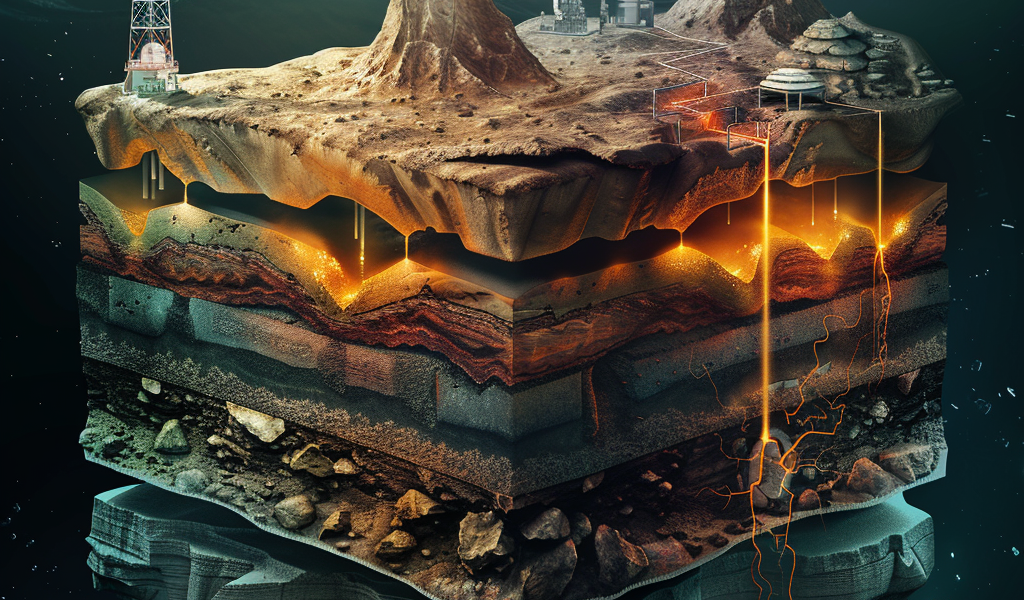New Insights into Superdeep Geothermal Energy Potential
Recent laboratory findings have shed light on the viability of harnessing geothermal energy from superdeep, superhot rocks located miles beneath the Earth’s surface. This breakthrough, highlighted in the journal Nature Communications, suggests that tapping into these geothermal resources could provide a substantial renewable energy source, potentially reducing reliance on fossil fuels that contribute to global warming.
The research reveals that these superhot rocks, which exist at temperatures exceeding 375°C (707°F), can develop fractures that enhance their permeability. This discovery is significant, as it addresses a long-standing debate among geologists regarding the feasibility of accessing geothermal energy from such extreme depths. Previously, experts were uncertain whether fractures could form in the ductile, gooey rock found under high pressure and temperature conditions.
Fractures in superhot rock are crucial because they allow water to pass through more efficiently. As water flows through these fractures, it can reach a supercritical state—a phase that is less familiar to the general public than liquid water, ice, or vapor. Supercritical water can transport energy much more effectively, potentially yielding five to ten times the energy output of current commercial geothermal wells, according to a report by the Clean Air Task Force.
Geoffrey Garrison, Vice President of Operations at Quaise Energy, a key supporter of this research, emphasizes the economic advantages of this geothermal resource. The data indicate that rock capable of fracturing under superhot conditions can be up to ten times more permeable than its cooler counterparts. This increased permeability, combined with the rock’s ability to deform more easily, presents a promising opportunity for more economically viable geothermal energy extraction.
The study was conducted by a team at the École Polytechnique Fédérale de Lausanne (EPFL), which confirmed that fractures can indeed form in the superdeep, superhot rock located near the brittle-to-ductile transition zone in the Earth’s crust. This transition zone marks the point where hard, brittle rock begins to yield to a more pliable material, which has significant implications for geothermal energy extraction.
As researchers continue to explore the potential of superdeep geothermal resources, they are also developing innovative drilling techniques aimed at accessing these extreme depths. Quaise Energy is at the forefront of this effort, working on methods that could allow for efficient extraction of geothermal energy from these previously inaccessible rock formations.
The implications of this research are vast, as the ability to harness energy from superdeep geothermal sources could revolutionize the renewable energy landscape. By providing a clean and sustainable energy source, it could play a crucial role in mitigating climate change and reducing greenhouse gas emissions.
With ongoing advancements in technology and a deeper understanding of geothermal resources, the future of energy production may very well lie beneath our feet, in the superhot rocks that have long been considered unreachable. As the scientific community continues to investigate these findings, the potential for a new era of renewable energy appears increasingly promising.





